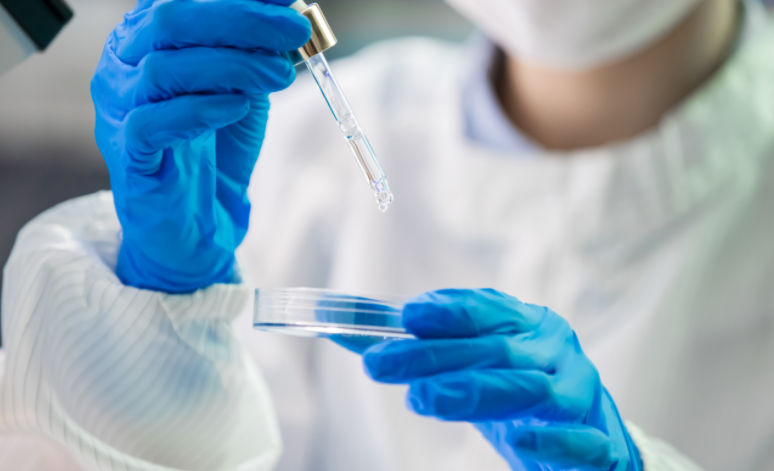
A guide to bone marrow transplant
Have you or a loved one been recommended for a bone marrow transplant? Curious to know more about what the treatment entails? This guide addresses the common queries and concerns on bone marrow transplant including the different types, how it works, what to expect, and the risks involved.
What is Bone Marrow Transplant?
Bone marrow transplant is a common treatment in the medical industry where the damaged bone marrow is exchanged with healthy cells. The healthy replacement cells infused either come from your own body or a donor. It is also known as stem cell transplant or hematopoietic stem-cell transplantation.
It is used to treat conditions that affect the bone marrow such as different forms of cancer (leukaemia, myeloma, lymphoma) and other diseases related to the blood and the immune system. A bone marrow transplant in Bangalore is an option if you are looking for reliable expertise.
Different types of bone marrow or stem cell transplant
Autologous transplant
In this type, the stem cells for replacement are extracted from the patient’s own body. An advantage of this method is that the concern of incompatibility between the donor’s cells and your cells does not come into the picture.
If your body is producing enough healthy bone marrow cells, this method could be used to collect, freeze and store them for later use. In the treatment of diseases that require high doses of chemotherapy and radiation that are likely to damage the bone marrow, autologous transplant serves to replace the damaged bone marrow.
Allogeneic transplant
Allogeneic transplant is done with the help of a donor to replace the damaged cells with new stem cells. The therapy works when the new stem cells recognize and destroy cancer cells that are still in the body. The donor’s stem cells are infused after the patient has chemotherapy and/or radiation therapy. In this treatment, a patient needs to find a donor that matches the protein requirement (human leukocyte antigens). A close match helps to minimize the risk of the serious side effect called graft-versus-host disease (GVHD).
How does a bone marrow transplant work?
While the exact course, sequence of steps, and timelines can differ from patient to patient depending on personalized treatment plans, there are certain fundamental steps involved in the process. Irrespective of the type of transplant, the process comprises collecting the replacement stem cells, treatments to prep the patient’s body for the transplant, the actual transplant, and the recovery period.
- Stem Cell Collection – As a first step, injections are administered to increase your stem cells by healthcare personnel. These are later collected through a vein in your arm or chest and stored for future requirements.
In the case of allogeneic treatment, the first step before collection would be to find a donor for the transplant matching the patient’s HLA type.
- Pre-transplant Therapy – In this phase which usually requires 5 to 10 days, patients receive chemotherapy, with or without radiation therapy.
- The Transplant – The next step involves the infusion of healthy stem cells into your bloodstream. The infusion is done using a catheter. More than one infusion may be needed. An infusion process typically takes 30 mins to an hour.
- Recovery – During recovery your healthcare team closely monitors cell recovery and development. To avoid the spread of any infection, antibiotics are given to the patient. Any side effects that may arise are treated.
Why is Bone marrow transplant used?
Bone marrow transplant is done to enable safe treatment for patients undergoing high doses of chemotherapy or radiation. The transplant includes exchanging or rescuing the bone marrow damaged by chemo or radiation. New stem cells are infused to replace old and damaged cells. The new cells help to directly kill the cancer cells.
Risks involved in Bone marrow transplant
Risks involved in bone marrow transplants depend on various factors, including the disease that necessitated the transplant. While some people experience minor problems, others may require hospitalization and treatment for more serious complications. Possible risks of bone marrow transplant include Graft-versus-host disease (in allogeneic transplant cases), stem cell failure, organ damage, infections, new cancers, infertility, and death.
Consult an Oncologist before undergoing the treatment to weigh the risks and benefits.
A bone marrow transplant in Bangalore is an excellent option if you have decided to proceed with the treatment. Bangalore is the technical hub of the nation and is famous for its IT and healthcare sectors. Do your research to discover the wealth of experienced clinics for a bone marrow transplant in Bangalore. It is essential to only trust the experts for such a sensitive and delicate procedure.





